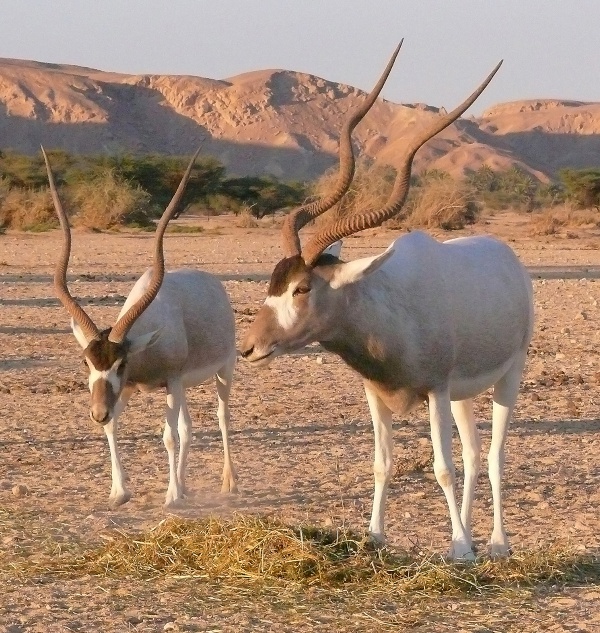Facts About Addax
The addax, commonly known as the white antelope or screwhorn antelope, is a remarkable species that roams the Sahara Desert. First described by Henri de Blainville in 1816, these pale antelopes are easily recognized by their long, twisted horns. Exhibiting sexual dimorphism, males are generally larger than females. Addaxes primarily feed on grasses, leaves, and shrubs and have adapted to thrive in harsh desert conditions, capable of surviving long periods without water.
In the wild, addaxes form herds typically led by the oldest female. Unfortunately, they face numerous threats from predators such as humans, lions, leopards, cheetahs, and African wild dogs. Their numbers have dwindled dramatically, leading the IUCN to classify them as critically endangered, primarily due to unregulated hunting. Once abundant across North Africa, they are now extinct in many regions but have been reintroduced in places like Morocco and Tunisia.
Scientifically known as Addax nasomaculatus, these antelopes belong to the Bovidae family and possess 29 pairs of chromosomes, featuring distinctive genetic traits. Their ability to survive without water is attributed to a specialized stomach lining that stores water and produces highly concentrated urine. Physically, they are distinguished by coats that change color with the seasons, spiral horns, and striking facial markings.
Addaxes are mostly nocturnal, taking refuge in the shade during the day to escape the desert heat. They exhibit a strong social structure within their herds and possess an impressive ability to track rainfall, which helps them locate areas with more vegetation. Breeding can occur year-round, with a gestation period of around 257-270 days, resulting in the birth of a single calf at a time.
These antelopes inhabit arid regions, semi-deserts, and sandy deserts, thriving in environments with low rainfall. However, their range has been significantly reduced, now limited to a few areas in Africa. Major threats include overhunting, habitat destruction, and climate change. Conservation efforts, such as captive breeding programs and reintroduction into protected areas, are essential for their survival.

 Nigeria
Nigeria